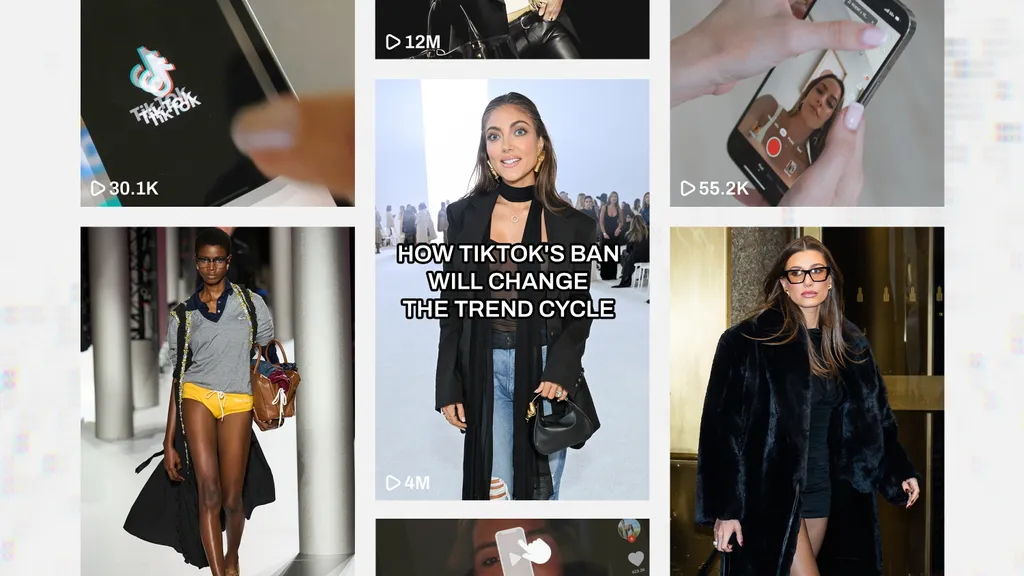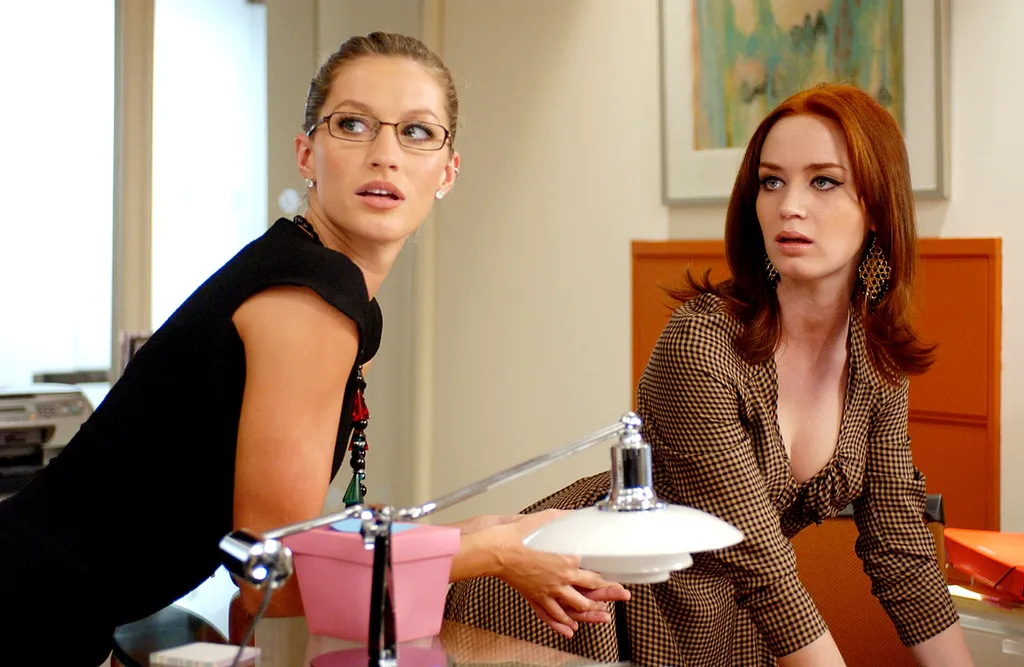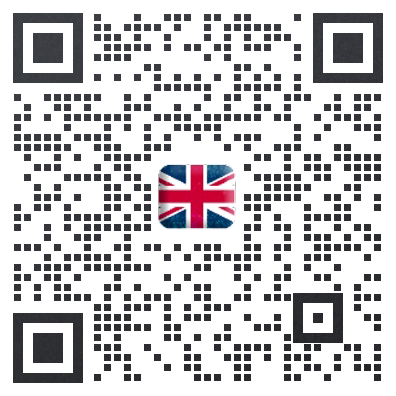
It’s undeniable that TikTok and its loyal content creators—some with social followings the size of small countries—have permanently altered the fashion landscape. Since its U.S. launch in 2018, the app has been a Pandora’s box for the industry, with its impacts unfolding in real-time. TikTok has opened up the playing field for smaller brands and given once-armchair experts access to a notoriously exclusive industry.
The platform also promotes self-discovery through personal style, with movements like the 75 Hard Style Challenge encouraging users to wear only what’s in their wardrobe for three months. Over 375,000 TikTok posts are currently tagged with #75hardstylechallenge, and participants, even those who didn’t make it the entire 75 days, wax poetic about how it made them fall back in love with their closets.
But there’s a flip side to TikTok. Alongside the democratization and focus on personal fashion comes a feverish and continuous hunt for the next best aesthetic. As a result, the trend cycle is churning faster than ever before. Fads like the Office Siren and Mob Wife are coined and deliberated in rapid sequence, creating trends that are as addicting and flimsy as disposable scratch-offs. One out of every 10,000 participants who try the fad might go viral and subsequently launch a content creation career of their own.
TikTok’s unique FYP-based platform has thrown the door wide open for indie designers, creators, and consumers alike to all get in on the action. But as of April of this year, a bubble burst may be imminent. President Biden signed the Protecting Americans from Foreign Adversary Controlled Applications Act into law, which gives ByteDance, TikTok’s Chinese-owned parent company, a deadline of nine months to sell its U.S. subsidiary company. If ByteDance fails to divest, the app would no longer be available for download or updates.

Users on TikTok cite ‘The Devil Wears Prada’ as a key reference point to its Office Siren trend, which repackages a professional wardrobe as sultry staples.
The potential ban raises numerous questions about how TikTok’s absence will affect the industry. Namely, how will brands readjust to a new platform (yet again), where will all the content creators go, and what will happen to the trend cycle we’ve known over the last six years? As for the app’s users who’ve found comfort within its virtual fashion communities, where will they turn to next for outfit inspiration and judgment-free style advice?
Puck News fashion reporter Lauren Sherman says, “[TikTok] has made it a lot easier for brands who have a lot less resources than big fast fashion labels to pick up on all of these micro-trends that have been officially named [by TikTok].” These independent brands that create for clicks, like the once-viral House of Sunny, would likely fall to the wayside without TikTok’s discoverability. No other apps have placed such a heavy emphasis on non-follower content and a primary explore page. According to Social Insider, even accounts with under 5,000 followers will reach peak discoverability 16 days after posting on TikTok, allowing a much wider reach than an exponentially larger audience than their Instagram’s following.
Additionally, plenty of smaller brands have flourished under the app’s penchant for discourse, which has afforded them a newfound community and direct-to-consumer access. Marcelo Gaia, who founded his brand Mirror Palais in 2019, has used TikTok as a tool for transparency and a platform for direct responses to customers and critics. His videos, ranging from cost breakdowns of labor, fabric, and technique alongside casual behind-the-scenes insights, garnered him a cult following of 437,800 users. “It’s like I was drawing something on the sidewalk with chalk, and then people started to gather around me,” Gaia explains of garnering a community on the platform. But with a TikTok ban, the dividing wall that separates a small brand from its consumers would likely, over time, be rebuilt back to where it once was.
文章来源:marieclaire


TKFFF公众号
扫码关注领【TK运营地图】







 闽公网安备35021102002035号
闽公网安备35021102002035号